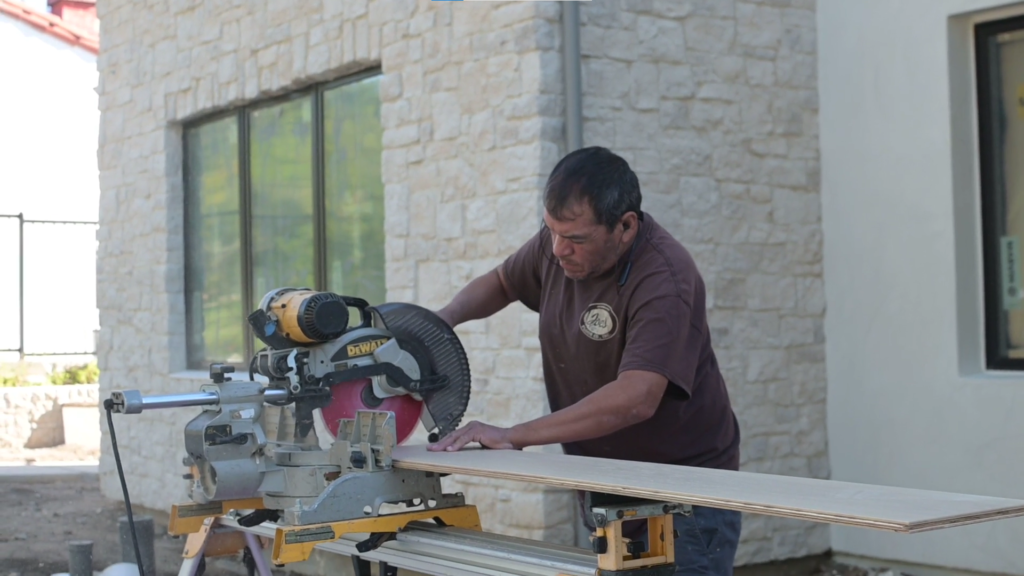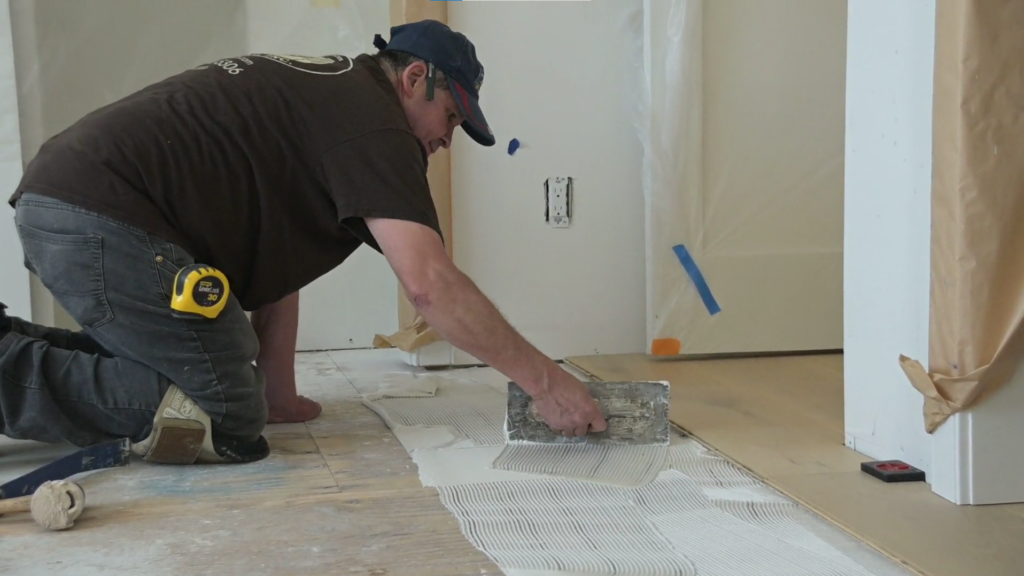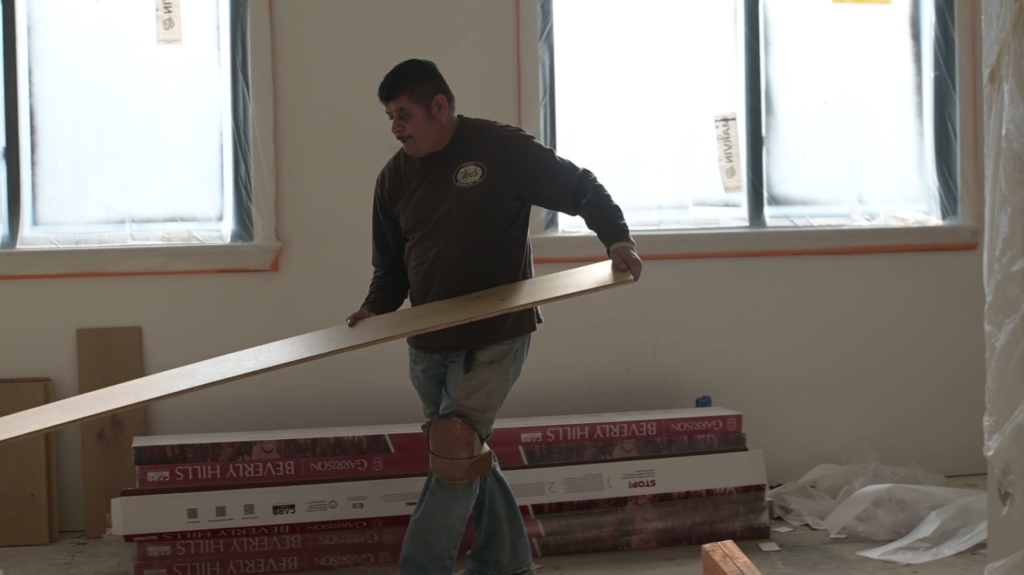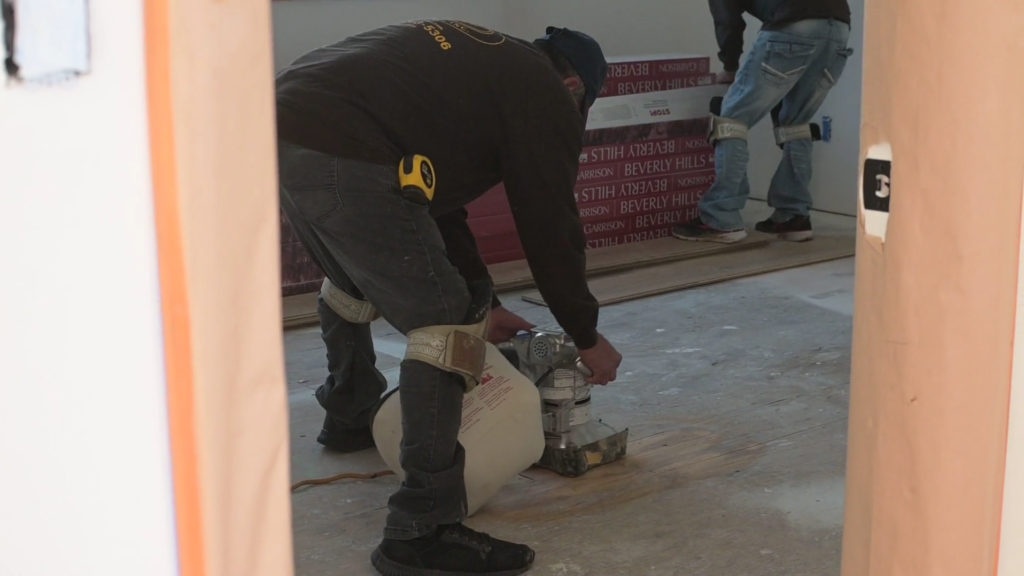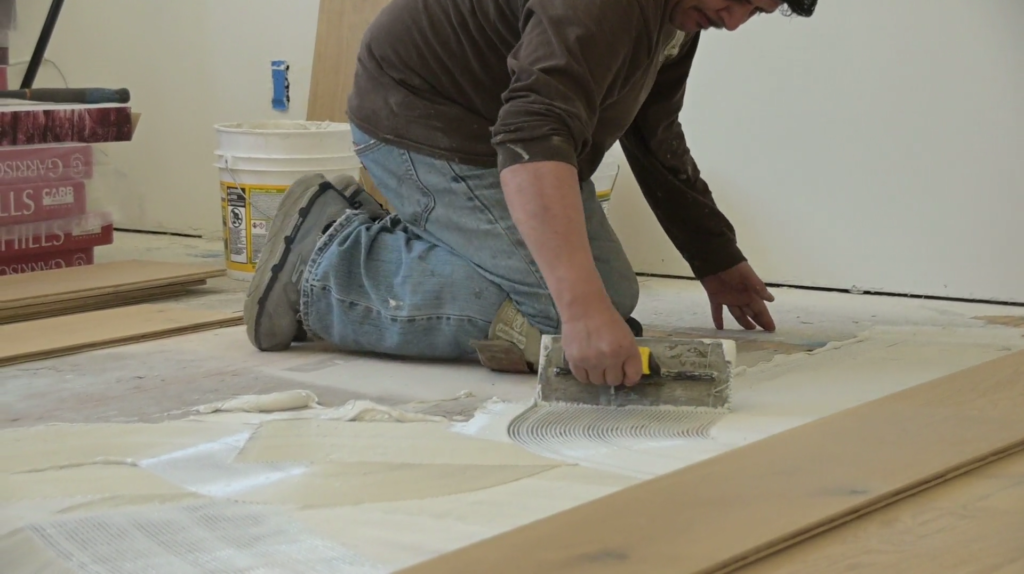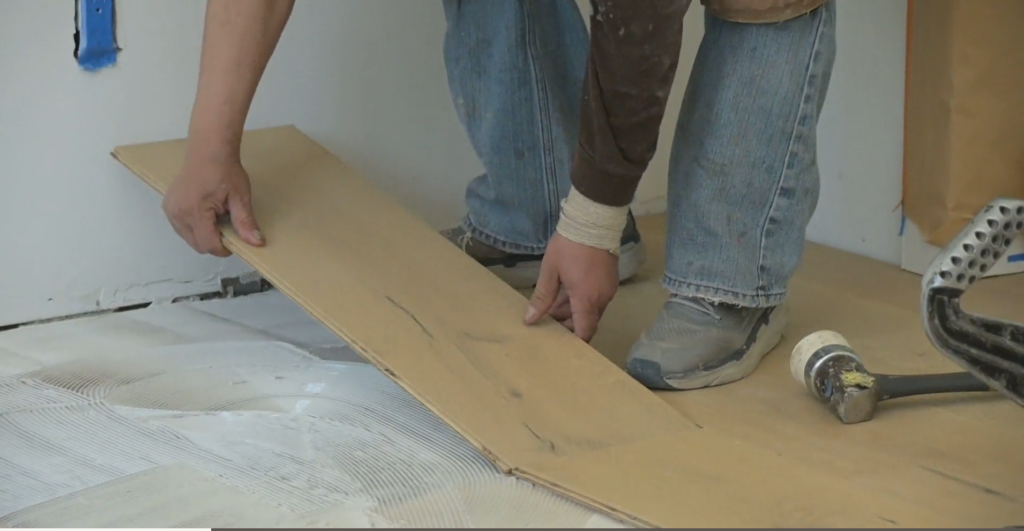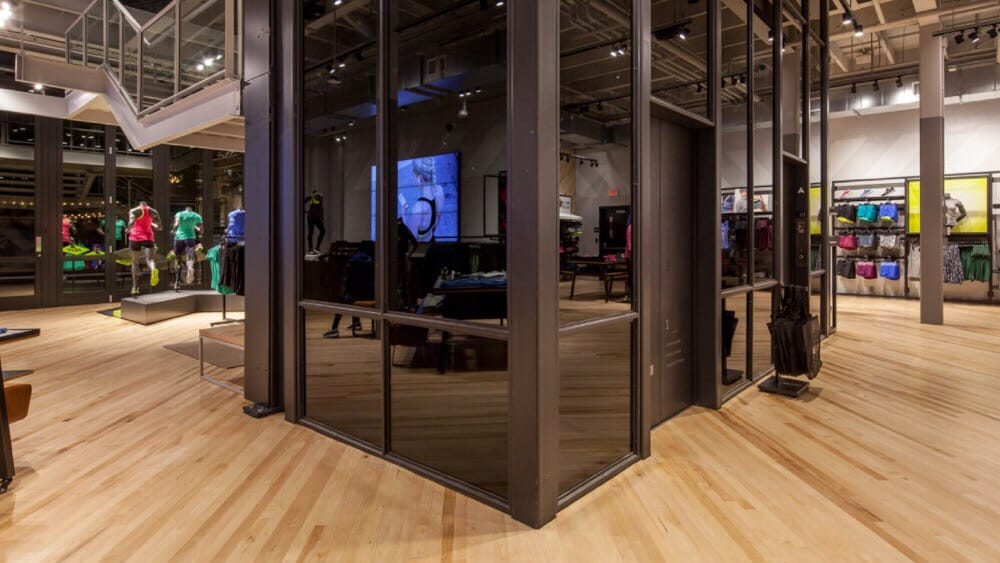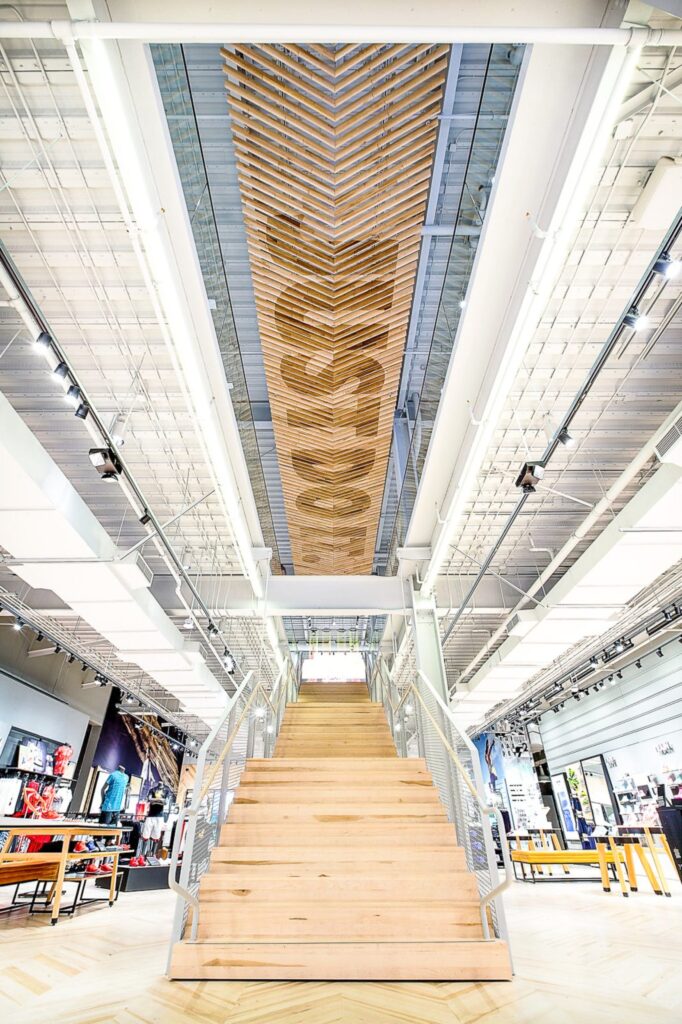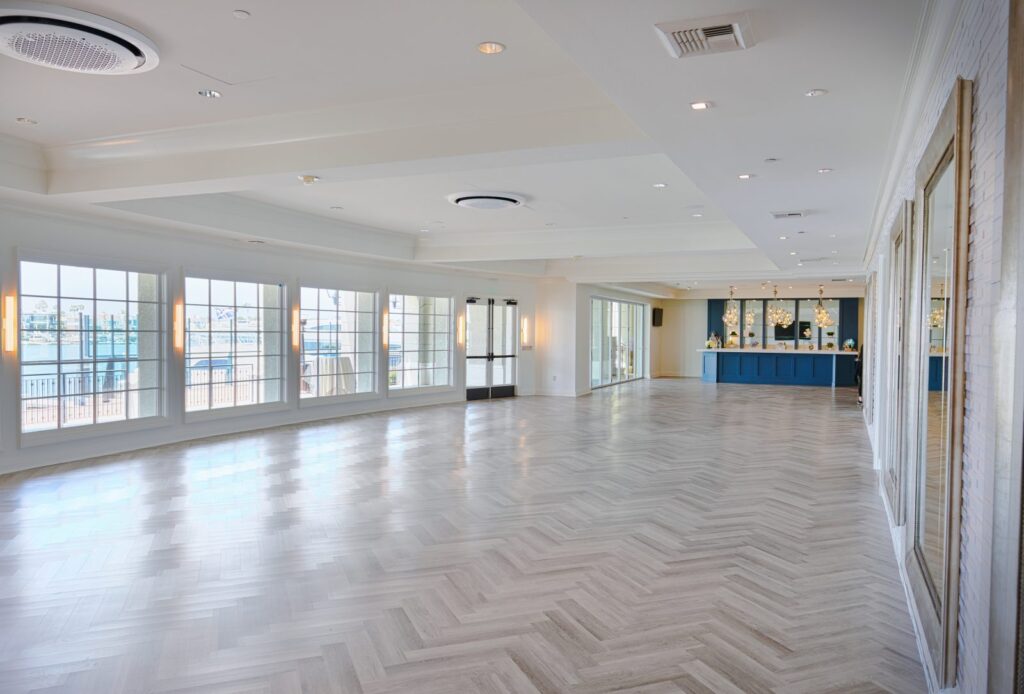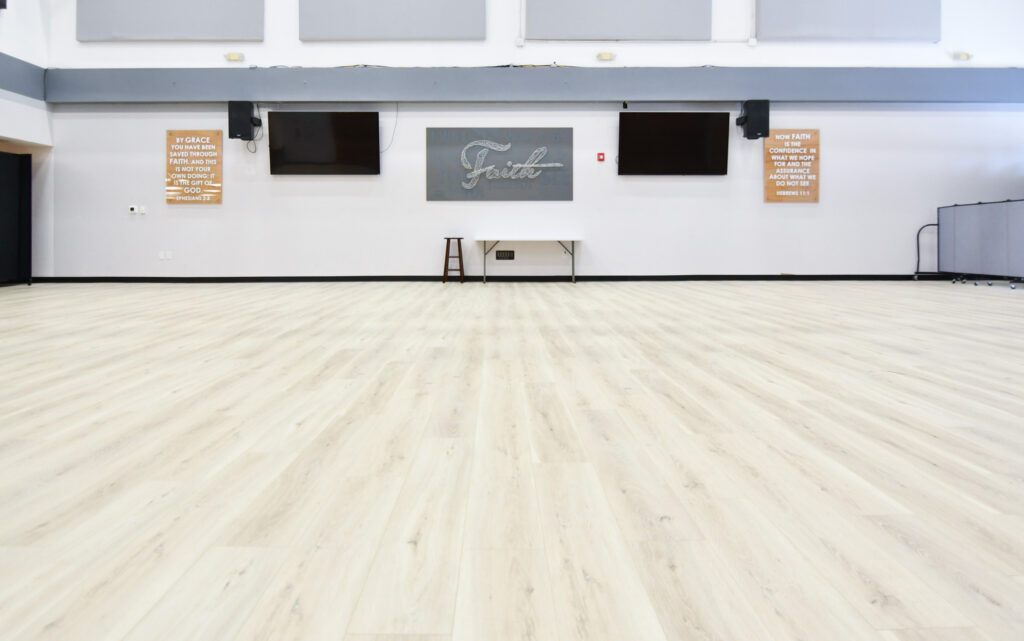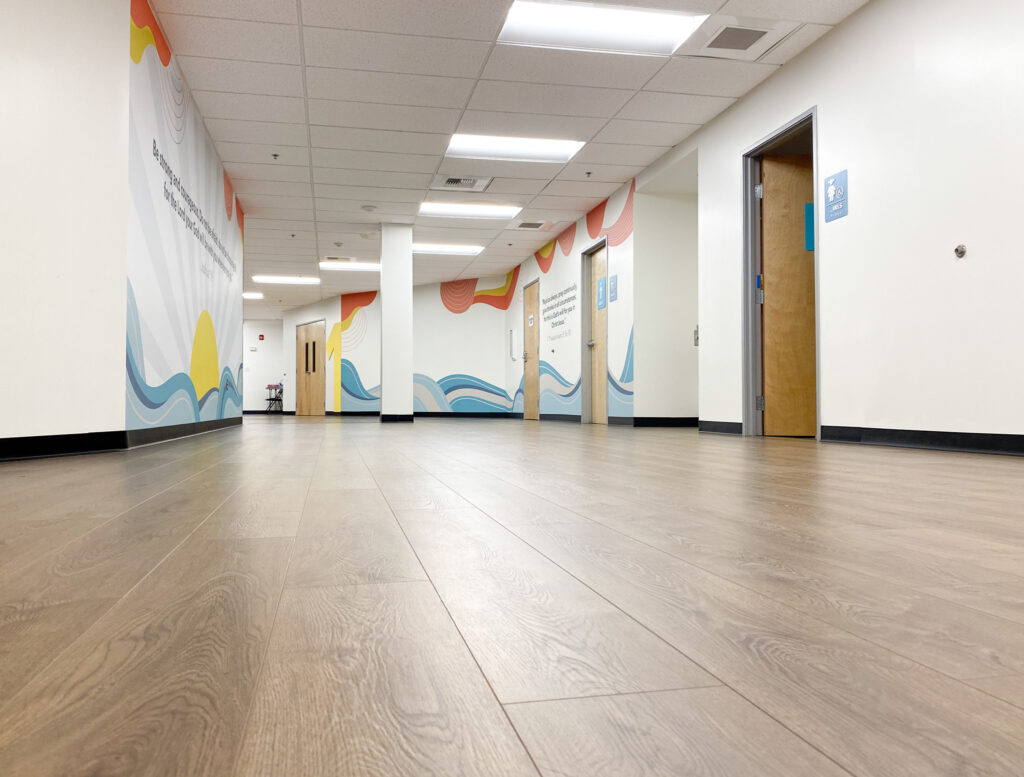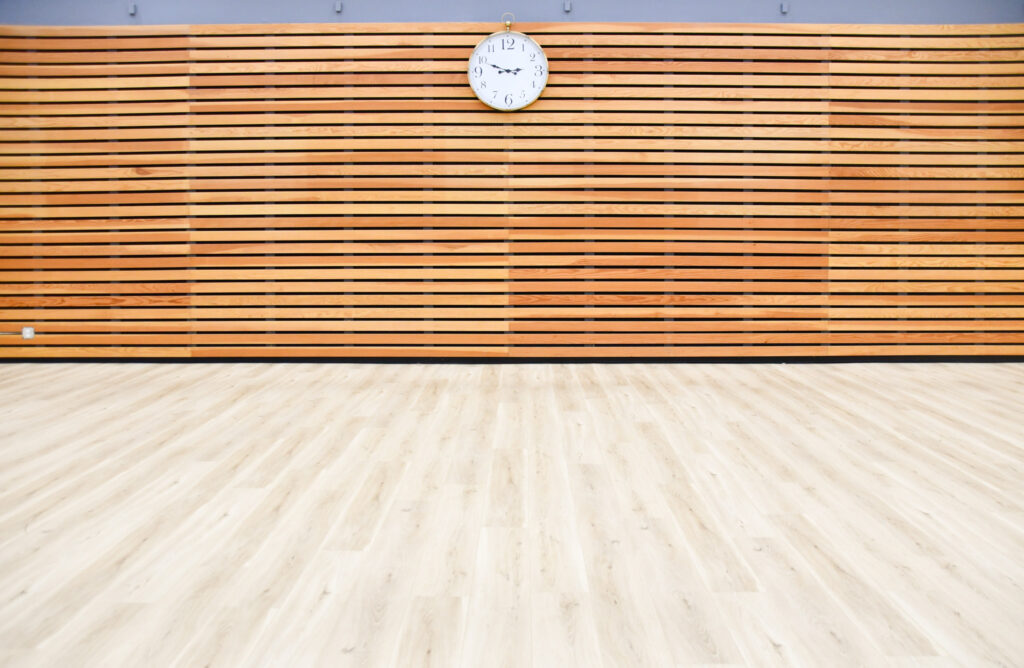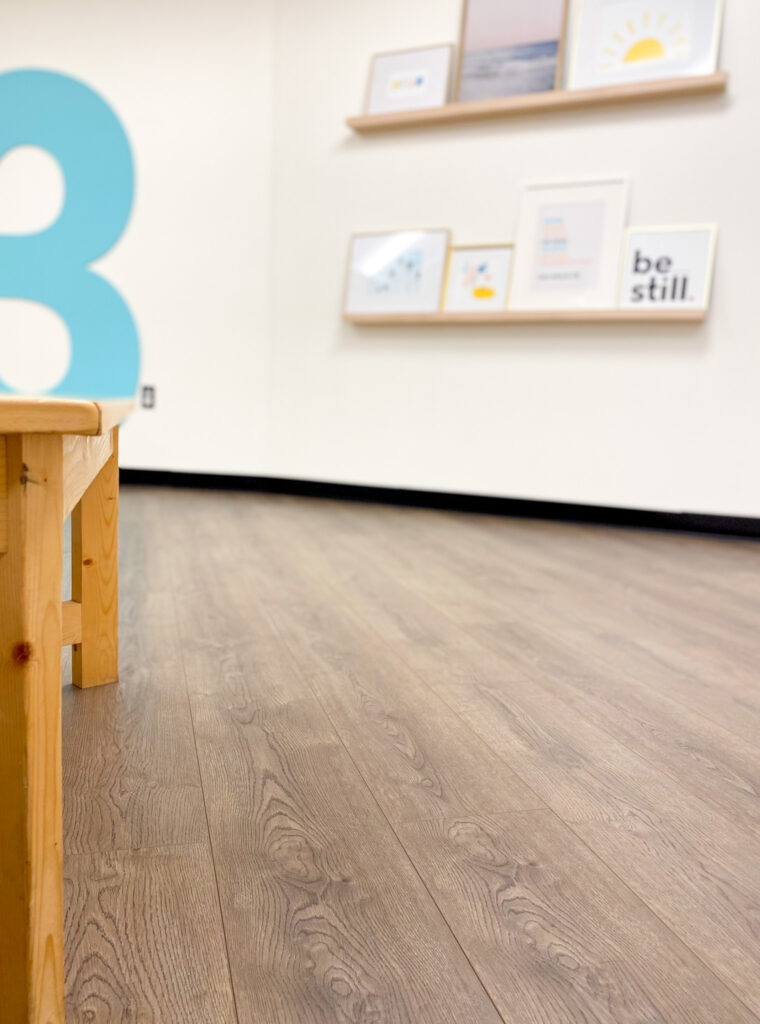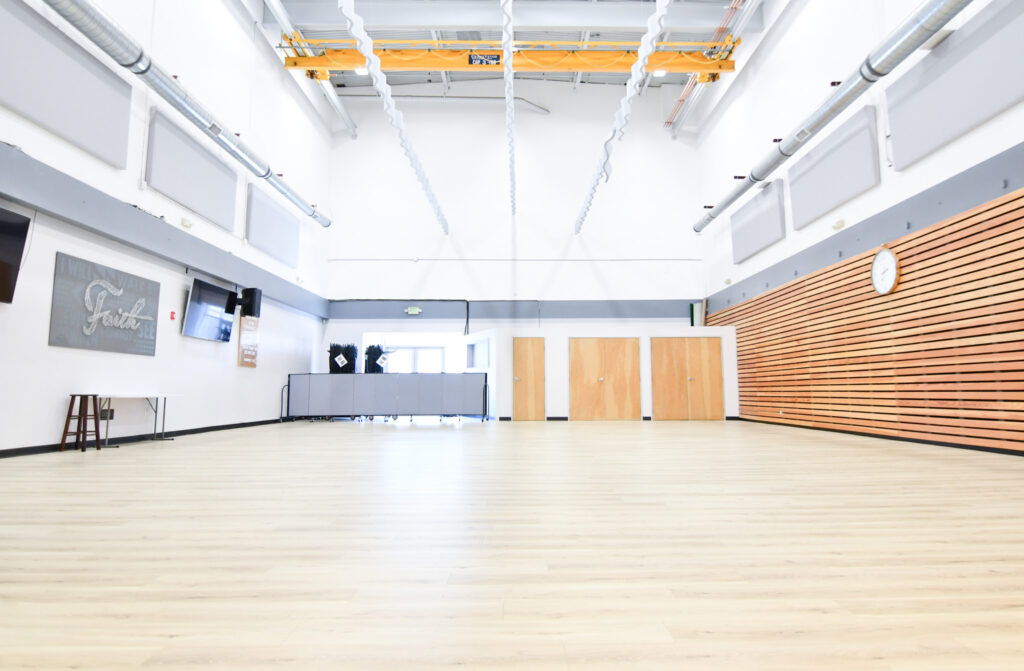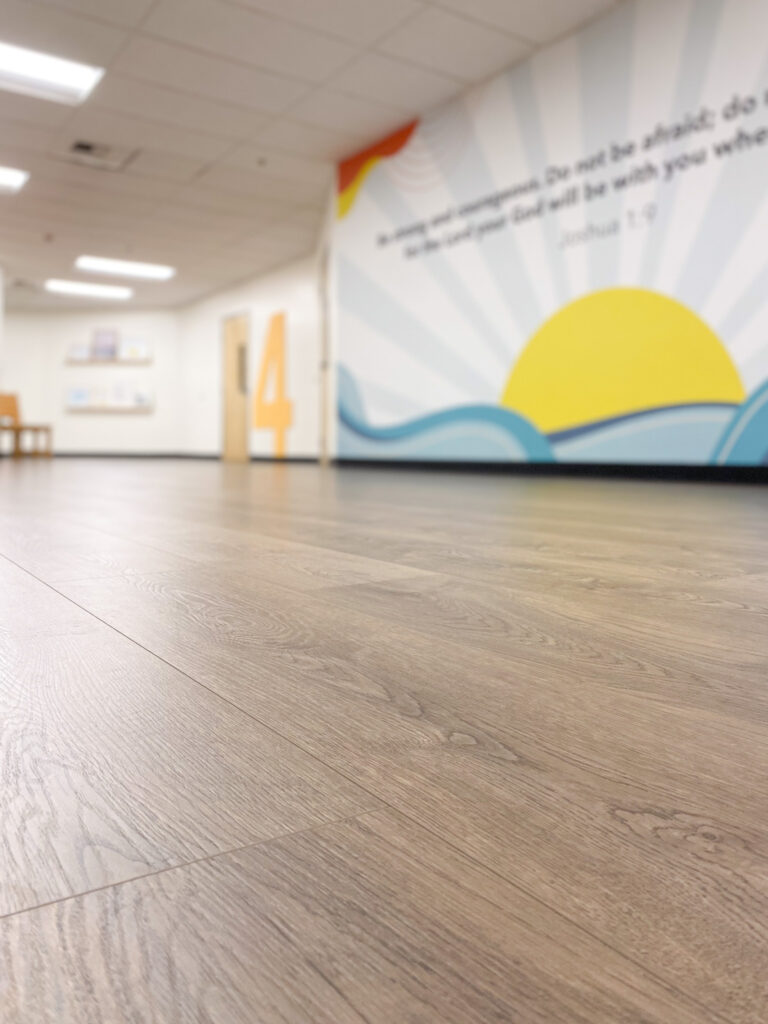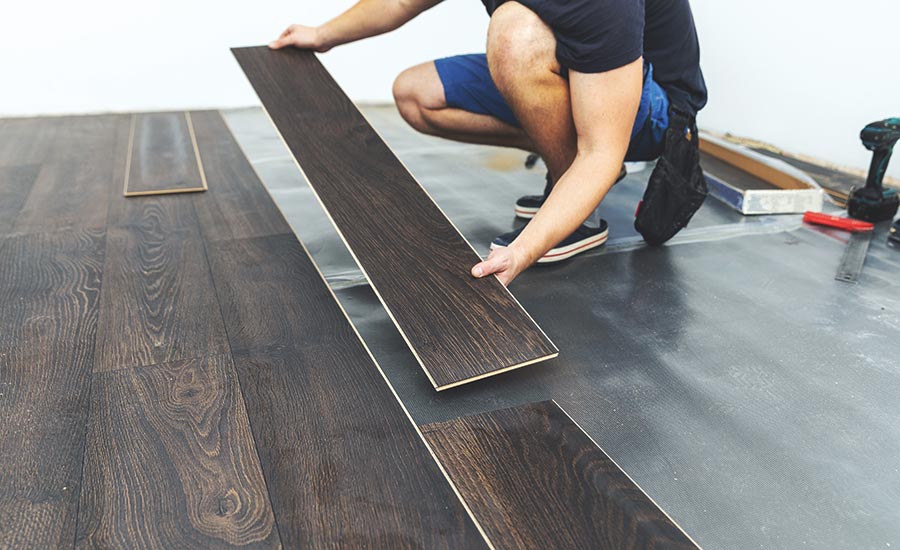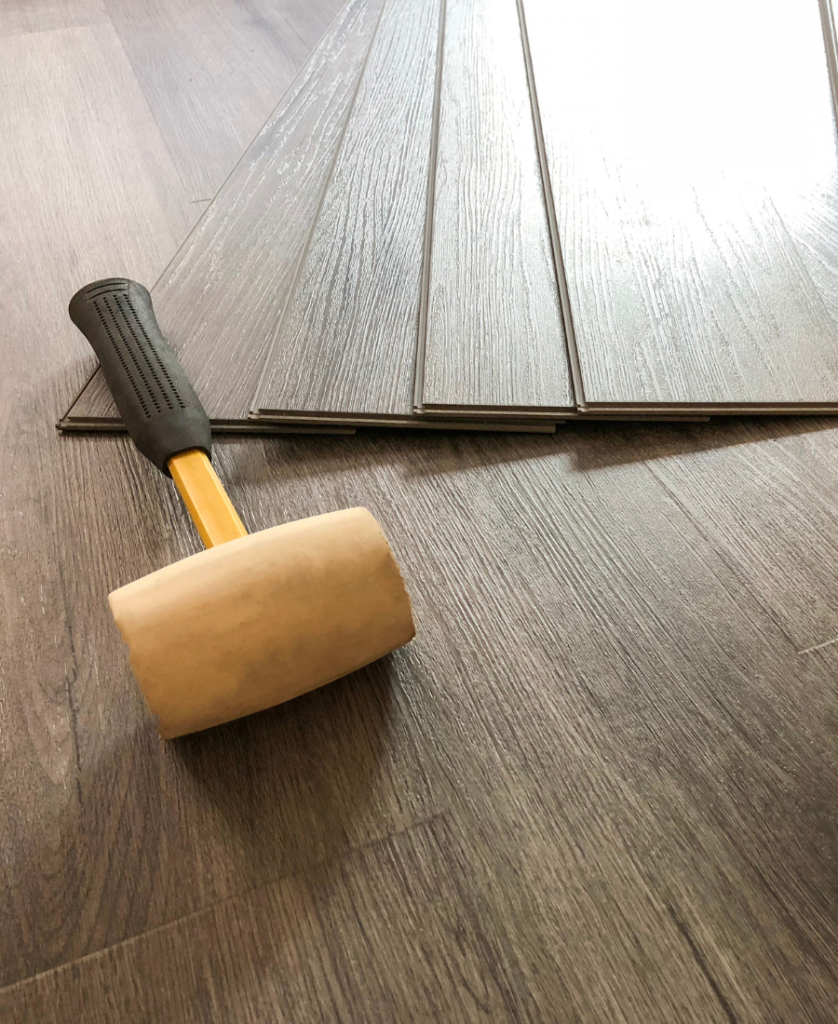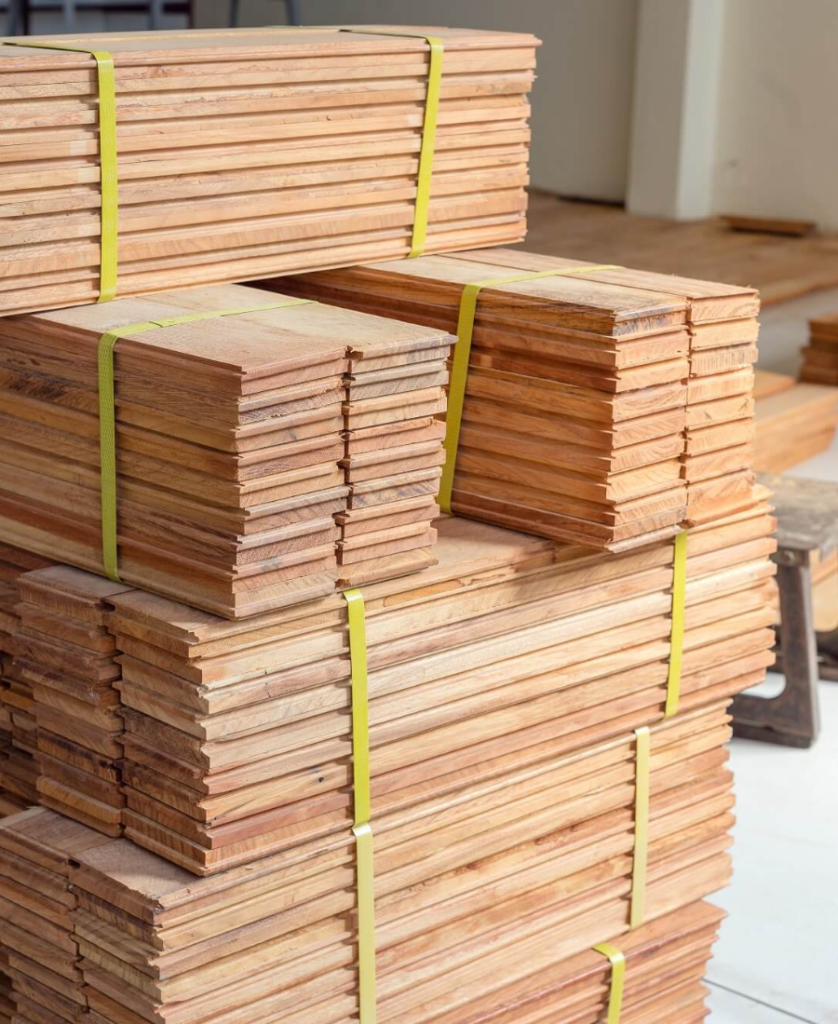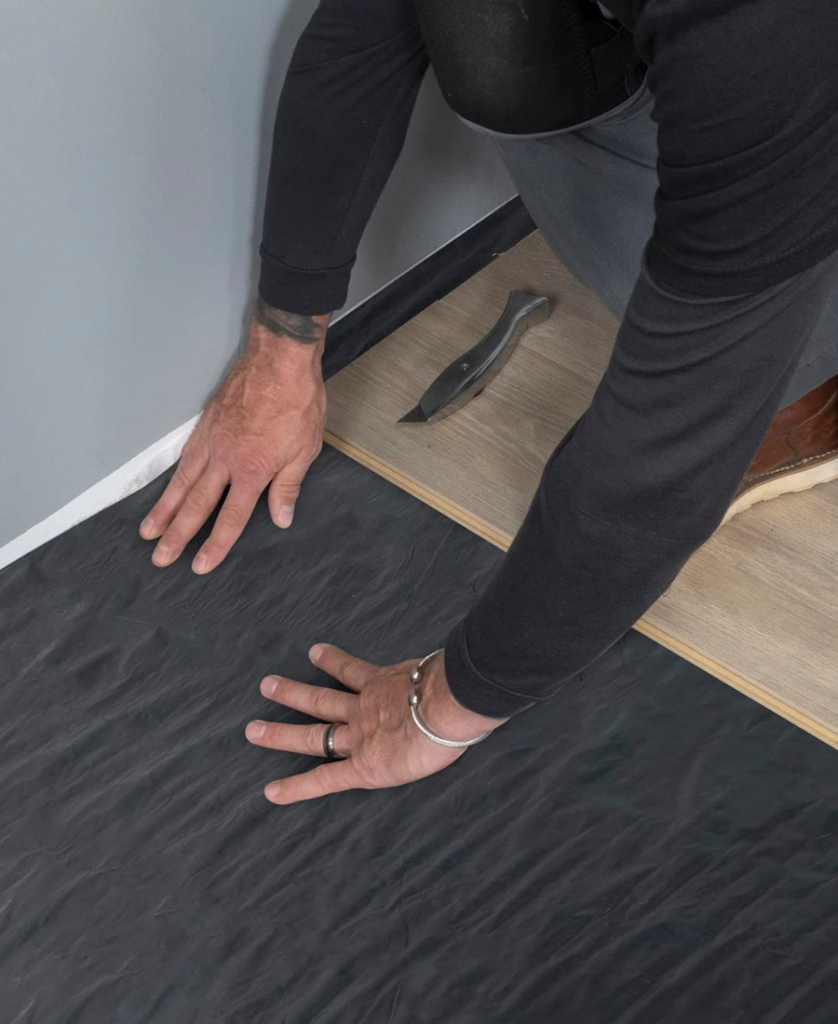Flooring installation is a high-stakes process—one misstep can cost contractors time, money, and reputation. That’s why seasoned pros turn to proven, professional-grade products to simplify the process and prevent costly issues.
At Old Master Products (OMP), we’re committed to helping you do the job right the first time. From adhesives and subfloor prep to tools and finishes, our product lineup is engineered for performance, consistency, and ease of use.
In this guide, we’re sharing practical flooring installation tips for contractors, including the most common mistakes—and how OMP products help you avoid them.
1. Using the Wrong Adhesive (or the Right One the Wrong Way)
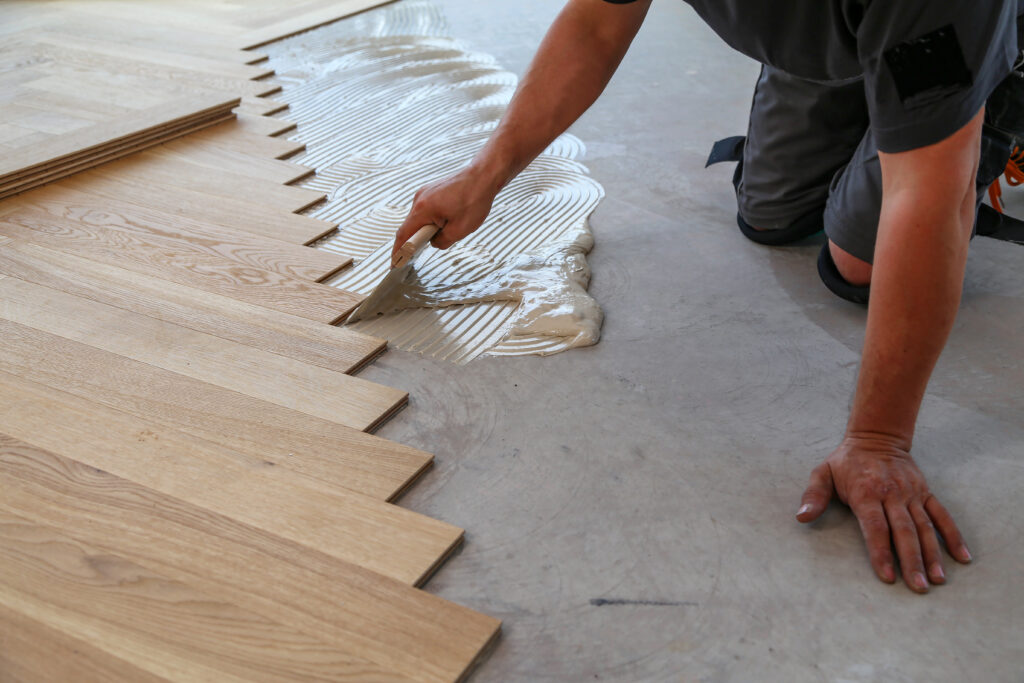
The Mistake: Choosing the wrong adhesive for the material or applying it incorrectly can lead to loose boards, hollow spots, or complete failure.
Flooring Tip: Use the right adhesive for the job—and follow proper trowel techniques to ensure even coverage and strong bonding.
The OMP Solution:
We offer two contractor-trusted adhesives built to reduce errors and boost efficiency:
🔹 OMP 9000
Two jobs, one product. OMP 9000 is both a urethane moisture barrier and wood flooring adhesive, perfect for solid or engineered wood over concrete. Trowel it on once—seal and stick in one step—saving time and materials.
🔹 Garrison 605
Strong, versatile, and clean. Garrison 605 is a moisture-curing polyurethane adhesive that works on wood, concrete, cork, recycled rubber, and more. Ideal for a clean, durable bond without the mess.
2. Skipping Proper Subfloor Preparation
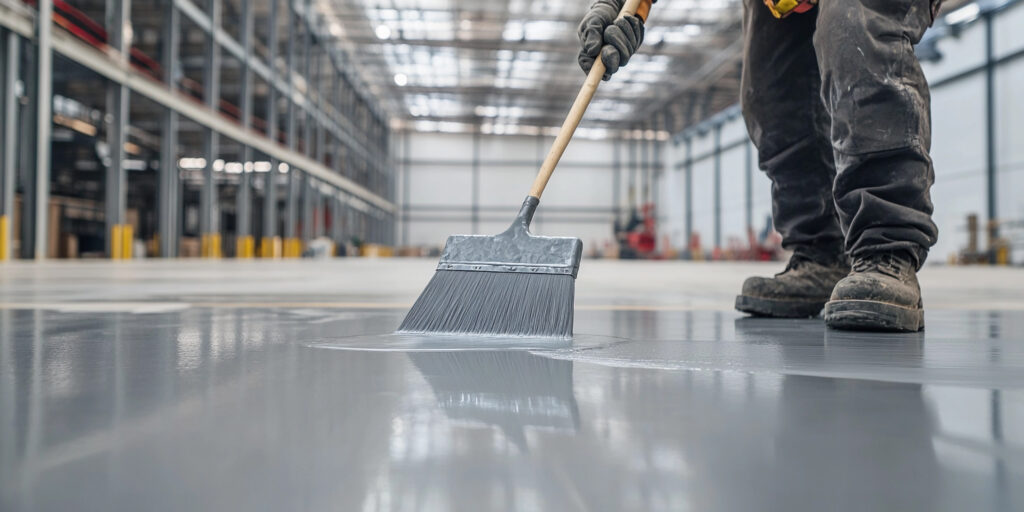
The Mistake: Even the best adhesive won’t compensate for an unprepared subfloor. Moisture, dust, and unevenness lead to long-term issues.
Flooring Tip: Always level, clean, and treat your subfloor before installation—especially over concrete.
The OMP Solution:
We stock the best subfloor prep products from Sika, Bostik, Wakol, and more. Whether you need a moisture barrier, self-leveler, or primer, we have the tools to set a solid foundation.
3. Not Following Manufacturer Guidelines
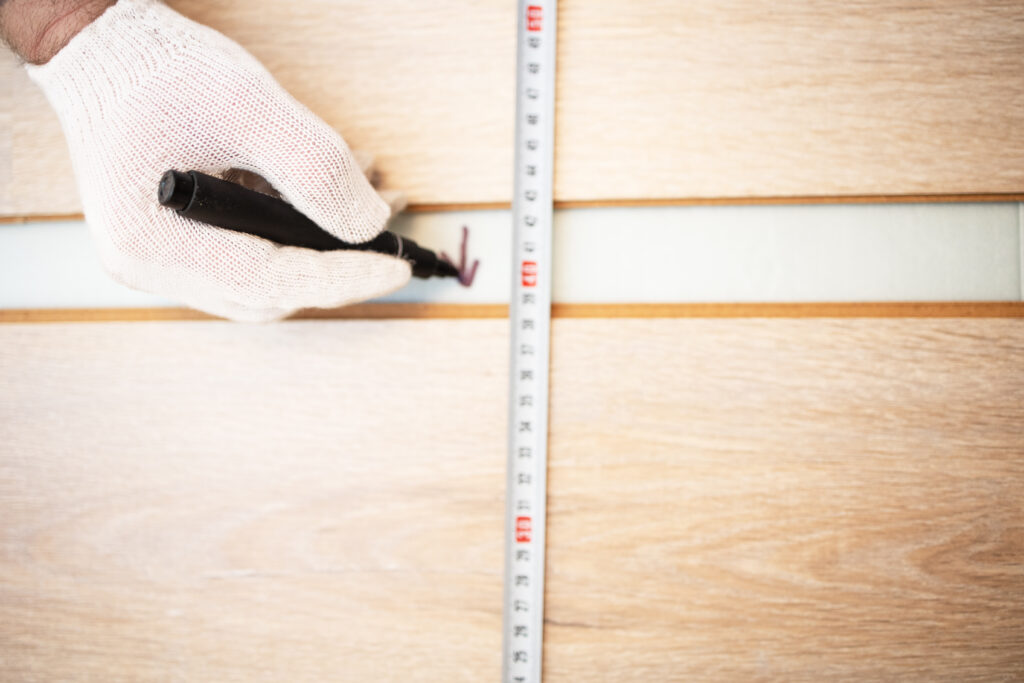
The Mistake: Rushing through installation or skipping steps—like ignoring expansion gaps or curing times—can ruin an otherwise perfect job.
Flooring Tip: Read and follow product instructions every time. Even seasoned contractors benefit from a quick refresher.
The OMP Solution:
We make it easy to get it right. Our adhesives come with clear documentation, and our reps are always ready with expert advice to support your success.
4. Using Low-Quality Materials and Tools
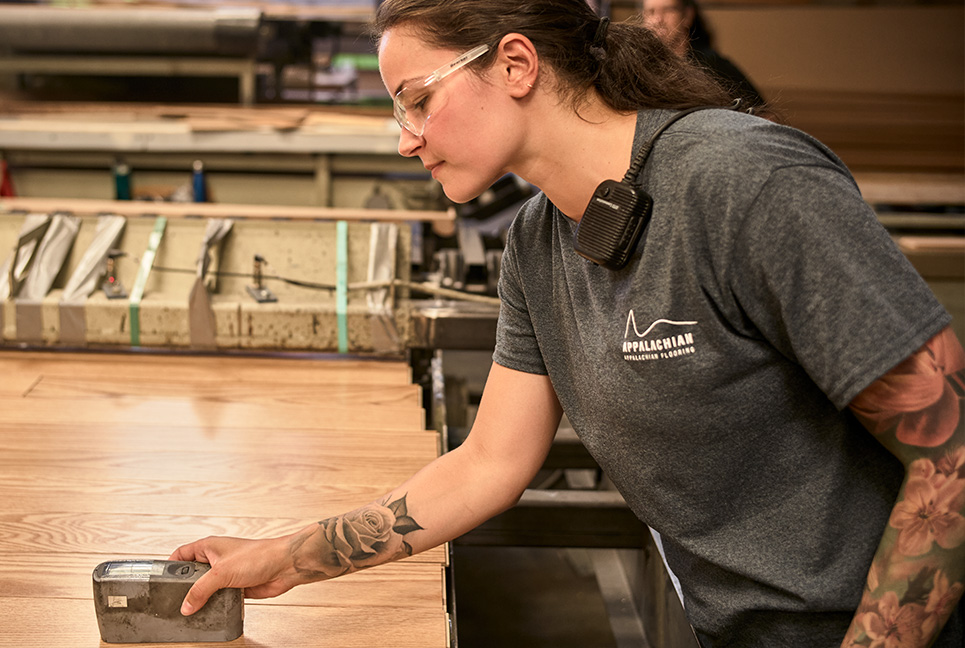
The Mistake: Cheap materials may look good on paper but often lead to poor adhesion, fast wear, or installation do-overs.
Flooring Tip: Invest in professional-grade products that stand up to the demands of the job site.
The OMP Solution:
Our full line of contractor-approved tools, adhesives, flooring, and accessories helps you get the job done right—and on schedule. From durable, easy-to-use installation products to premium hardwood flooring like Crystal Valley, Appalachian, and other American-made options, OMP delivers quality you can trust to reduce callbacks and keep projects running smoothly..
5. Overlooking Jobsite Safety and Cleanliness
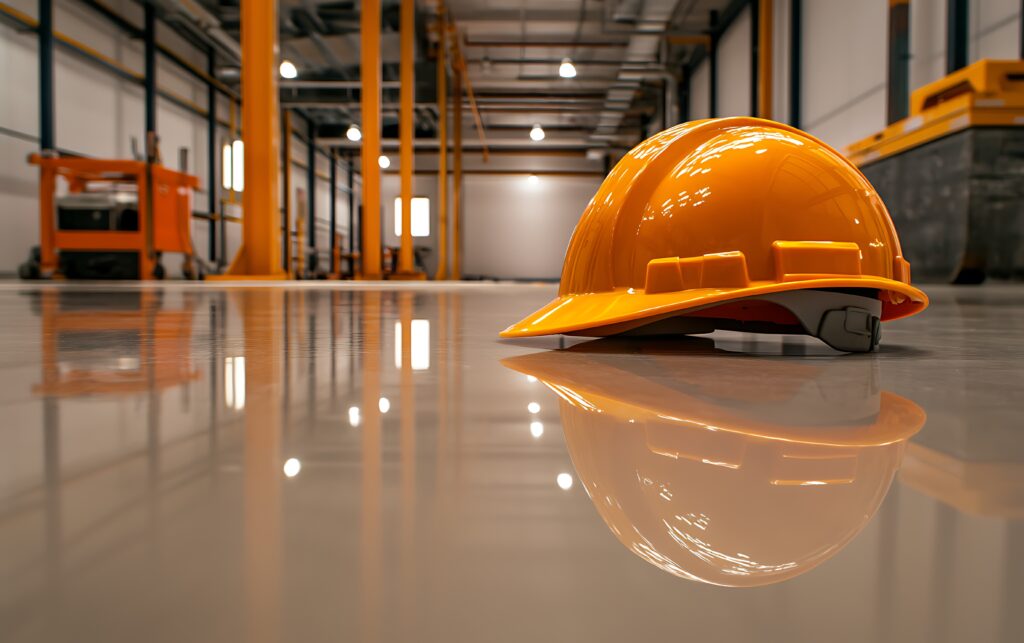
The Mistake: A messy jobsite isn’t just a safety hazard—it can lead to adhesive issues, dust under planks, or product damage.
Flooring Tip: Keep the workspace dry, clean, and organized to protect your materials and speed up installation.
The OMP Solution:
From low-VOC adhesives to moisture control systems and high-performance cleaning tools, OMP helps you maintain a clean, safe jobsite. We offer innovative solutions like the Dust Halo, a universal dual-port tool that delivers 360° dust suction and keeps debris under control, and WOCA cleaning products, trusted for their effective, surface-safe formulas. With the right tools and products in place, you’ll minimize hazards, protect your materials, and deliver a flawless finish—every time.
Final Thoughts: Pro Tips for Professional Results
Whether you’re a seasoned installer or training up new crew members, following these flooring installation tips for contractors can make the difference between a smooth job and an expensive do-over.
At Old Master Products, we’re more than just a supplier—we’re your partner in getting it right. From prep to finish, our contractor-grade materials help you:
✅ Avoid costly installation mistakes
✅ Work more efficiently
✅ Build a reputation for flawless results
Want to streamline your installs and reduce callbacks?
Explore our full product line or reach out to your OMP rep for help selecting the right solution for your next project.
